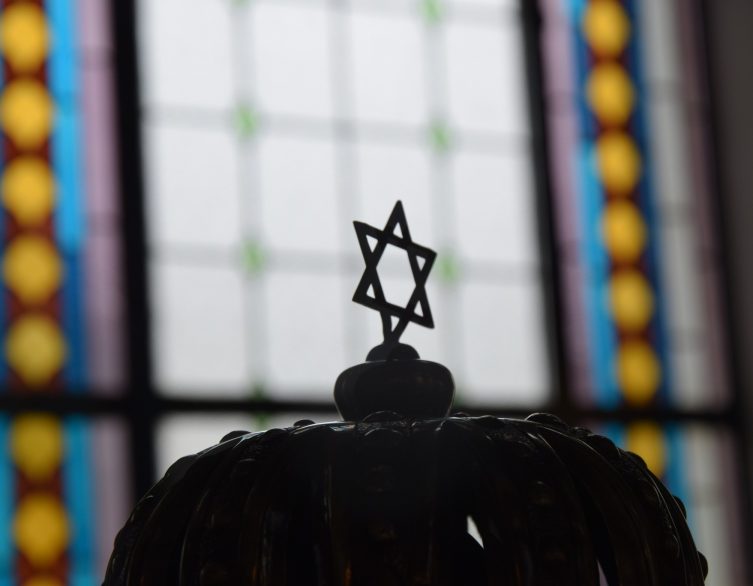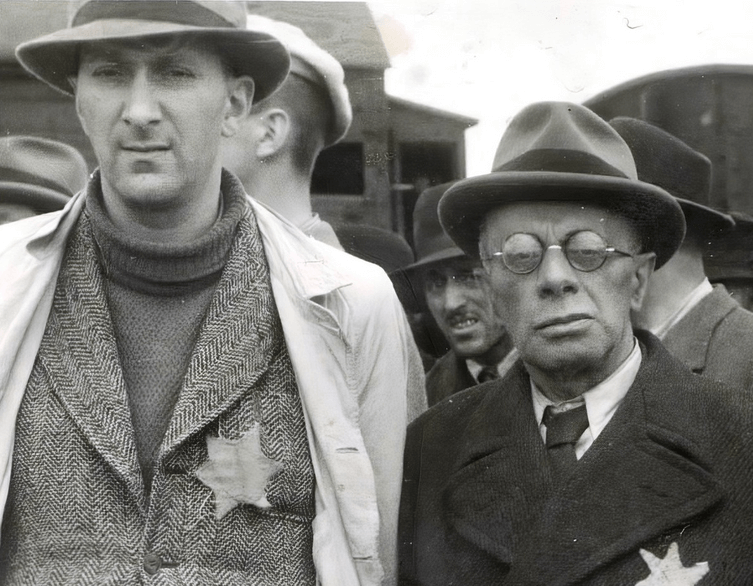The Jewish Memorial Center: Honoring the Past in Budapest

Located in the heart of Budapest’s historic Jewish Quarter, the Jewish Memorial Center (Holokauszt Emlékközpont) stands as a powerful tribute to the victims of the Holocaust in Hungary. This somber yet essential site serves as a museum, memorial, and educational center, ensuring that the atrocities of the past are never forgotten.
The Jewish Memorial Center
The center occupies a former synagogue that was severely damaged during World War II. Its reconstruction and transformation into a memorial space was a poignant act of reclamation and remembrance. Visitors are immediately struck by the juxtaposition of the building’s sacred architecture with the haunting exhibits that document the systematic persecution and genocide of Hungarian Jews during the Holocaust.
At the core of the Jewish Memorial Center is the permanent exhibition, “The Holocaust in Hungary.” Through a meticulously curated collection of artifacts, photographs, and testimonies, the exhibition traces the chilling chronology of events that unfolded in Hungary from the rise of anti-Semitism in the 1930s to the deportation of hundreds of thousands of Jews to Nazi death camps.
One of the most powerful displays is the “Room of Names,” a cavernous space lined with the names of Hungarian Holocaust victims etched into the walls. The sheer volume of names is overwhelming, a sobering reminder of the immense human toll of the tragedy.
Exhibitions
The Jewish Memorial Center in Budapest, Hungary, is a significant institution dedicated to preserving and showcasing the rich cultural heritage of the Jewish community in Hungary. The center hosts a variety of exhibitions that shed light on the history, traditions, and experiences of Hungarian Jews. The permanent exhibition, “The Synagogue and the Jewish Community of Pest”, provides an in-depth look at the history of the Jewish community in Pest, one of the cities that merged to form modern-day Budapest. Visitors can explore the architectural and cultural significance of the Dohány Street Synagogue, one of the largest synagogues in Europe, and learn about the vibrant Jewish community that once thrived in the area.
Best deals of Budapest
In addition to the permanent exhibition, the Jewish Memorial Center hosts rotating temporary exhibitions, educational programs, and commemorative events. It has become a vital resource for Holocaust education and a gathering place for the local Jewish community to honor their heritage and collective memory.
The Jewish Memorial Center in Budapest plays a crucial role in preserving the memory of the Hungarian Jewish community and educating visitors about their rich cultural heritage. Through its exhibitions, the center aims to foster understanding, promote tolerance, and ensure that the stories and experiences of Hungarian Jews are never forgotten.
Getting There
The Jewish Memorial Center is located in the heart of Budapest’s former Jewish ghetto in District VII, Dohány Street 2. It’s situated next to the famous Dohány Street Synagogue, the largest synagogue in Europe. The easiest way to reach the Memorial Center is by taking the metro. Take the M3 (blue) line and get off at the Astoria stop. From there, it’s just a short 5-minute walk to Dohány Street. Alternatively, you can take tram 47 or 49 and get off at the Astoria stop, which is also a short walk away. Keep in mind that parking can be challenging in this area, so it’s recommended to use public transportation if possible.
While a visit to the Jewish Memorial Center is undoubtedly a somber experience, it is also an essential one for understanding the depths of human suffering and the importance of vigilance against hatred and oppression. By bearing witness to the past, the center ensures that the voices of the victims are never silenced and that their stories continue to resonate as a powerful call for tolerance, compassion, and human dignity.
Image source: Holocaust Memorial Center official site
Related news
Related events




















